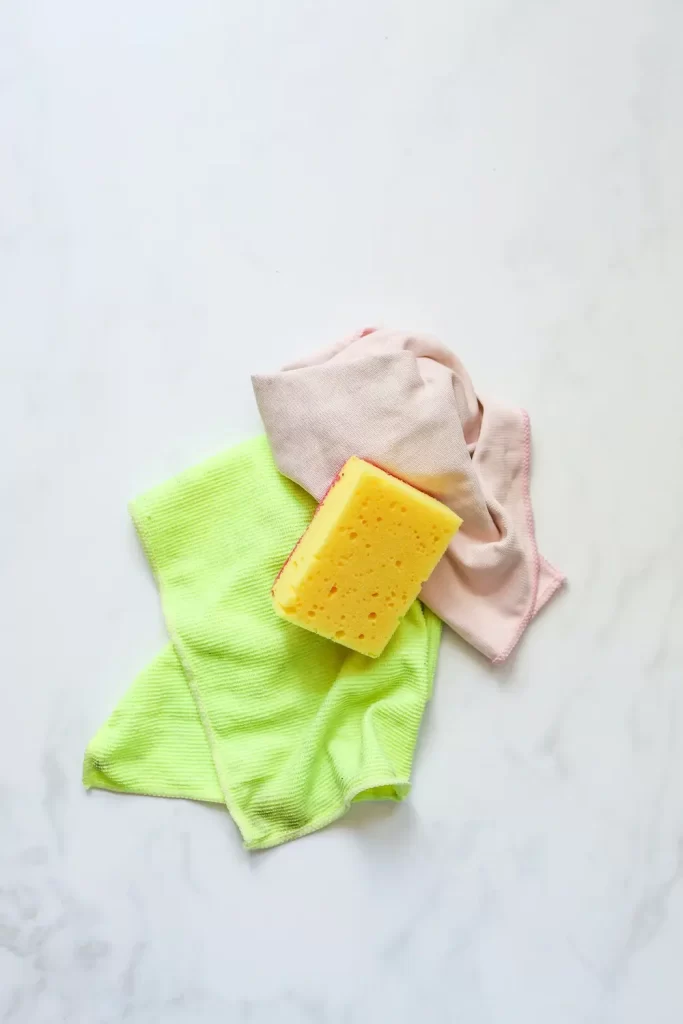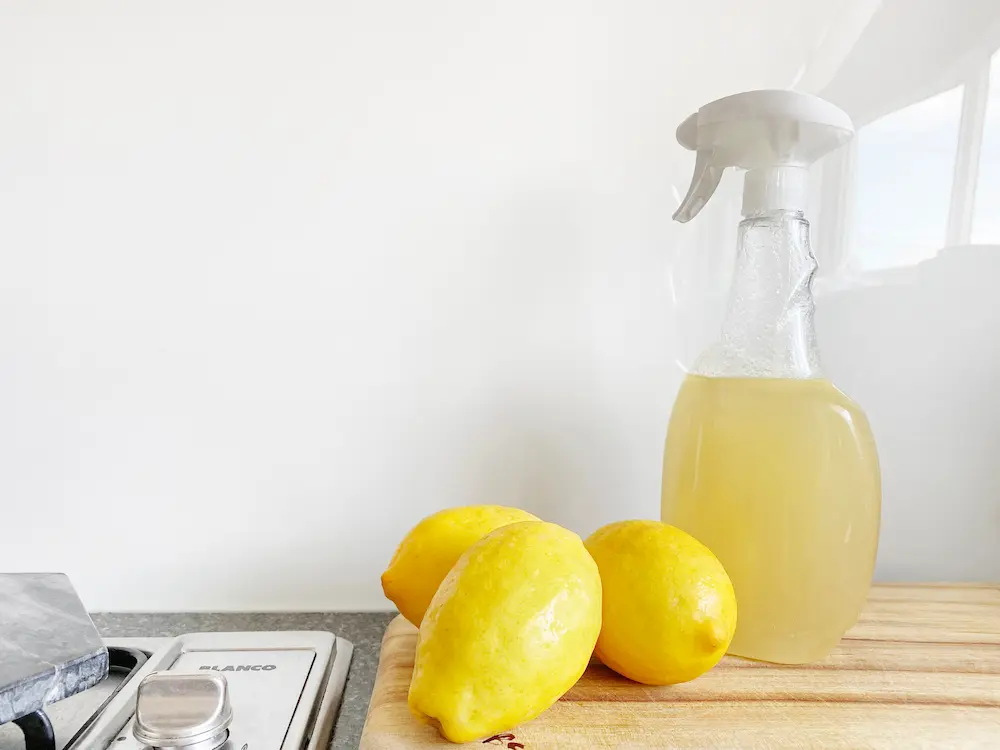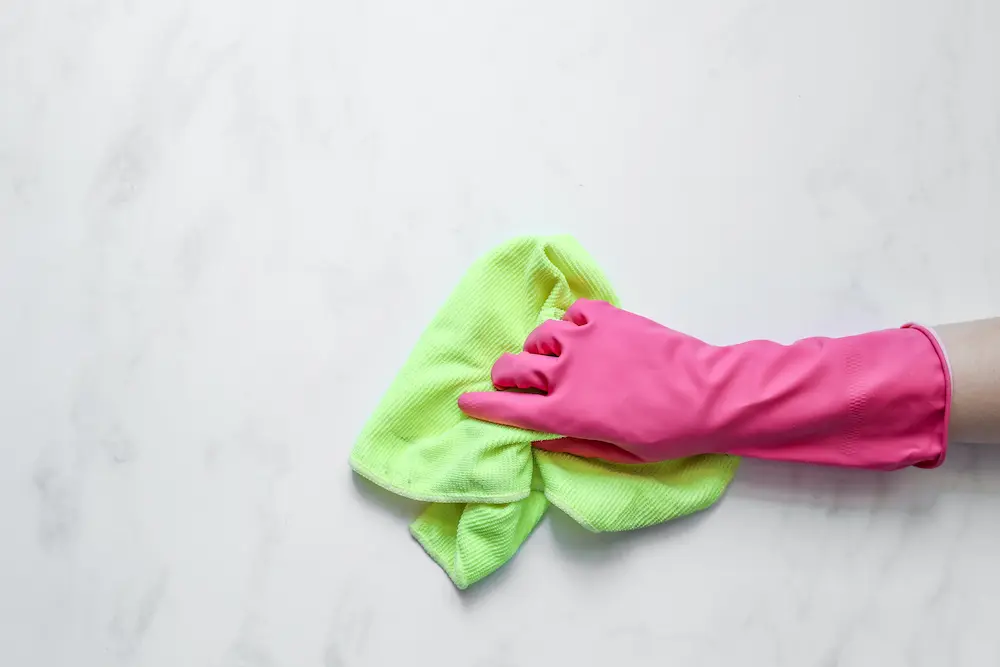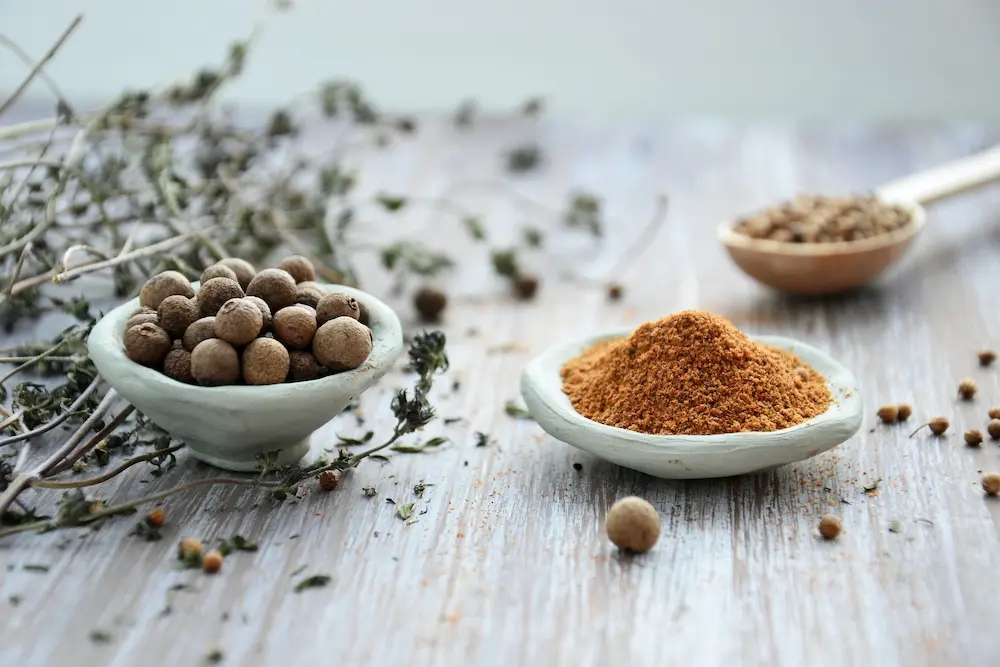The kitchen is the heart of any home, but it’s also a magnet for dirt, grime, and grease buildup. To maintain a healthy and inviting space, regular cleaning is essential. However, sometimes a deep clean is necessary to eliminate hidden bacteria, eliminate odors, and restore the kitchen’s sparkle. In this blog, we’ll walk you through a step-by-step guide on how to deep clean your kitchen effectively. From countertops to appliances, we’ll cover all the important areas, providing you with tips and tricks to achieve a pristine kitchen that shines with renewed vitality.
Step 1: Prepare for deep cleaning
Before diving into the cleaning process, it’s important to prepare your kitchen for the task at hand. Start by decluttering the countertops, removing any unnecessary items that may hinder your progress. Gather your cleaning supplies, including microfiber cloths, a vacuum cleaner, a mop, an all-purpose cleaner, dish soap, baking soda, vinegar, and a scrub brush. It’s also advisable to don a pair of rubber gloves to protect your hands from chemicals and abrasive substances.
Next, empty the refrigerator and pantry, disposing of expired items and organizing the remaining ones. Remove any movable kitchen accessories, such as utensil holders and spice racks, and place them in a sink filled with warm, soapy water. This way, you’ll have a clear and spacious working area for deep cleaning each component of your kitchen effectively.
Step 2: Tackle the surfaces
Now that you’ve prepped your kitchen, it’s time to focus on the surfaces. Start with the countertops, wiping away any loose debris. Depending on the material, use an appropriate cleaner to sanitize and remove stains. For granite or stone surfaces, a pH-neutral cleaner is best, while a mild soap and warm water solution works well for laminates. Avoid using abrasive cleaners that could damage the surfaces.
Move on to the backsplash, paying attention to grout lines if applicable. Apply a mixture of baking soda and water to grout, scrubbing gently with a brush to remove any discoloration. For tile or glass backsplashes, use a non-abrasive cleaner and wipe clean with a microfiber cloth.
For kitchen cabinets, remove all items from the shelves and clean both the interior and exterior surfaces. A mixture of warm water and dish soap works well, but for stubborn stains or grease buildup, a diluted vinegar solution can be more effective. Wipe down the handles and knobs, and don’t forget to clean the tops of the cabinets as well.
Step 3: Revive your appliances
Appliances like ovens, microwaves, and refrigerators can accumulate grime and odors over time. For your oven, start by removing the racks and soaking them in warm, soapy water. Meanwhile, spray the interior of the oven with an oven cleaner, following the manufacturer’s instructions. Scrub away the loosened dirt with a non-abrasive sponge and rinse thoroughly. Finally, wipe the exterior surfaces of the oven to remove any fingerprints or spills.
For the microwave, fill a microwave-safe bowl with equal parts water and vinegar. Heat the mixture until it boils, allowing the steam to loosen any caked-on food or stains. Carefully remove the bowl and wipe down the interior with a damp cloth. Don’t forget to clean the turntable and door as well.
To deep clean the refrigerator, start by unplugging it and removing all the contents. Discard any expired or spoiled items. Remove shelves and drawers, and wash them with warm, soapy water. Wipe down the interior surfaces, including the walls and door seals. Avoid using abrasive cleaners that could scratch the surfaces. Plug the refrigerator back in and restock with the cleaned items.
Step 4: Flooring and grout cleaning
Kitchen floors endure constant foot traffic and spills, making them prone to dirt buildup and stains. Start by sweeping or vacuuming the floor to remove loose debris. Then, depending on the flooring material, choose an appropriate cleaning method. For tile or linoleum, mix warm water and a mild floor cleaner, and mop the entire floor, paying extra attention to high-traffic areas. Avoid using excessive water, as it may seep into the grout lines.
Grout lines often accumulate grime and become discolored over time. To clean them, create a paste by mixing baking soda and water. Apply the paste to the grout lines and let it sit for a few minutes. Then, using a scrub brush, scrub the grout lines gently. Rinse with warm water and wipe away any residue.
For hardwood floors, use a cleaner specifically formulated for wood surfaces. Avoid excessive moisture, and dry the floor thoroughly after cleaning.
Step 5: Finishing touches
After deep cleaning your kitchen, it’s time to add the finishing touches. Start by polishing stainless steel appliances with a stainless steel cleaner or a mixture of vinegar and water. This will restore their shine and remove any smudges or fingerprints. For a final touch, apply a layer of mineral oil to wooden cutting boards or butcher blocks to keep them moisturized and prevent cracking.
Reorganize your cabinets and pantry, placing items back in an organized manner. Consider using storage containers or bins to keep things tidy and easily accessible. Add a bowl of fresh lemons or a vase of flowers to bring a touch of freshness and color to your revitalized kitchen.
FAQs



How often should I deep clean my kitchen?
It is recommended to deep clean your kitchen at least once every three to six months. However, the frequency may vary depending on factors such as cooking habits, household size, and personal preference. If you notice excessive buildup or unpleasant odors, it may be time for a deep clean.
Can I use natural cleaning products for deep cleaning my kitchen?
Absolutely! Natural cleaning products such as vinegar, baking soda, and lemon juice can be highly effective for deep cleaning your kitchen. They are eco-friendly, affordable, and free from harsh chemicals. They work well for removing stains, disinfecting surfaces, and eliminating odors.
How do I clean stubborn grease from kitchen surfaces?
Grease buildup on kitchen surfaces can be challenging to remove. A mixture of dish soap and warm water can be effective for cutting through grease. You can also use a paste of baking soda and water or a commercial degreaser. Apply the solution to the greasy area, let it sit for a few minutes, then scrub gently with a sponge or brush.
How do I remove burnt-on stains from pots and pans?
To remove burnt-on stains, fill the pot or pan with water and add a generous amount of baking soda. Heat the mixture until it simmers, then remove from heat and let it cool. Scrub the stains with a non-abrasive sponge or brush. For stubborn stains, you can also try soaking the cookware in a mixture of vinegar and hot water before scrubbing.
How do I maintain the cleanliness of my kitchen between deep cleanings?
To maintain a clean kitchen between deep cleanings, establish regular cleaning habits. Wipe down countertops and surfaces after each use, promptly clean up spills, and sweep or vacuum the floor regularly. Regularly clean and organize your refrigerator and pantry, and stay on top of dishwashing and putting away clean dishes.
Should I hire a professional cleaning service for deep cleaning my kitchen?
Hiring a professional cleaning service can be a convenient option if you prefer to delegate the task or if you have limited time. Professional cleaners have the expertise, equipment, and cleaning agents to ensure a thorough deep clean. However, deep cleaning your kitchen can also be done effectively on your own with proper planning and the right cleaning supplies.






[…] Want more deep cleaning tips? Learn how to deep clean your kitchen in 5 easy steps. […]